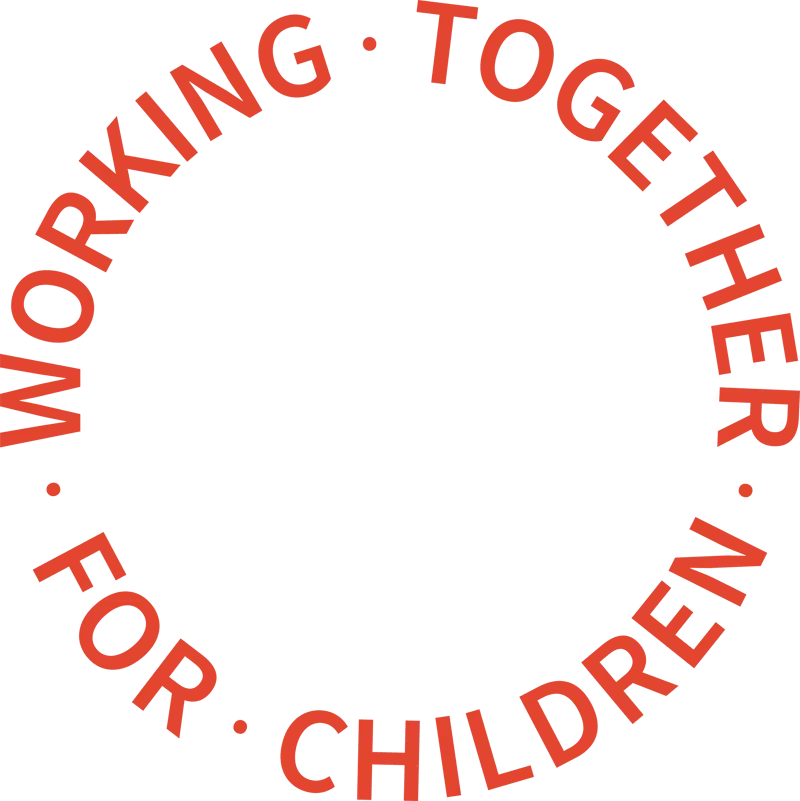Senior leaders in the Halton local area partnership have a clear vision and strong commitment to working together to meet the needs of vulnerable children, a joint targeted area inspection has found.
Between 8 and 12 July 2019, Ofsted, the Care Quality Commission, HMI Constabulary and Fire & Rescue Services and HMI Probation carried out a joint inspection of the multi-agency response to children experiencing or at risk of exploitation, including sexual and criminal exploitation, in Halton.
The joint targeted area inspection included an evaluation of the multi-agency ‘front door’ for child protection, including a focus on children experiencing or at risk of child exploitation. Also included was a ‘deep dive’ focus on this vulnerable group of children who are known to be in this situation of concern.
"During this inspection, the Halton children and young people safeguarding partnership was launched. Effective strategic planning is in place to address child exploitation. The partnership has a clear understanding of the needs of its vulnerable children and has established a model of practice called ‘contextual safeguarding’. This model is embryonic and has not yet been fully implemented by the workforce across the partnership. Therefore, it is too soon to assess the impact of these new safeguarding arrangements for children," said the report.
Local authority leaders have addressed the findings from previous inspections and the local authority identifies and responds to concerns relating to children. However, strategy meetings are not always convened when potential child protection concerns arise. This means that not all agencies can hear and share information to make informed decisions for future interventions.Professionals do not always escalate their concerns when they do not agree with the local authority’s decisions.
The report highlighted:
- Early help is a strength in Halton. When children do not require a statutory service, they are signposted to and provided with an effective response from a range of early help services.
- The initial contact and referral team (iCART) is well structured and includes partners from police, health, CAMHS and education.
- A strong emphasis on engaging families, in the context of a strengths-based practice model, supports assessments and decision-making.
- Weekly multi-agency ‘missing’ meetings use knowledge of wider exploitation and potential risks to consider children who are going missing.
- CAMHS includes a broad offer to children, and there is access to the service from a number of points of contact.
- NPS, YJS and the school nursing service provide regular supervision for their staff and demonstrate effective use of management oversight.
- Strong political and senior leadership support enables the local authority to focus on recruitment and retention.
- Children’s voices are actively sought and heard in Halton, both individually and in a group forum.
However, the report warns that assessment of risk and threshold for intervention are not consistently applied. Where risks identify potential significant harm, this has not always resulted in multi-agency child protection strategy discussions.
The agreed Pan-Cheshire child exploitation screening tool is not being used effectively by all partners. Some agencies report that the tool takes too long to complete when they have limited contact with a child. When used well, for example by the YJS and social workers, it is a helpful tool to support wider assessments and identification of need for children who may be exploited. The partnership was already aware of this issue and has undertaken to consider this further at the HCYPSP meetings.
When there is a disagreement between agencies, such as the police and children’s social care, about the assessed and graded level of risk to children, there is no formal challenge raised. Children’s social care services do not always record a clear rationale for the risk reducing, which means that agencies do not know what has changed for the family.
For some children experiencing or at risk of child exploitation, planning for their educational needs is not robust enough and too many children do not receive full time education.
Further, the quality and regularity of supervision and management oversight in children’s social care, police and CAMHS mean that practitioners are not always provided with the opportunity to reflect on their practice and areas of potential safeguarding.
The partnership recognised that staff knowledge and understanding of the new safeguarding arrangements and the approach to ‘contextual safeguarding’ for vulnerable children is not yet where it should be. Most partner agencies address child sexual exploitation in their training offer. However, there is a significant gap in the training offered by single agencies and the HSCB (now HCYPSP). This means that practitioners and managers are not being provided with the knowledge and expertise to understand and confidently assess all forms of child exploitation.
The new safeguarding partnership arrangements (HCYPSP) has clear guidance for key lead safeguarding partners. However, these arrangements are not yet embedded. The role of relevant partners is not clear (for example CRC/NPS), and this could be a missed opportunity to ensure that all agencies in Halton can contribute to the safeguarding arrangements effectively.
The JTAI concludes that the director of children’s services should prepare a written statement of proposed action responding to the findings.
Joint targeted area inspection of the multi-agency response to child exploitation in Halton

